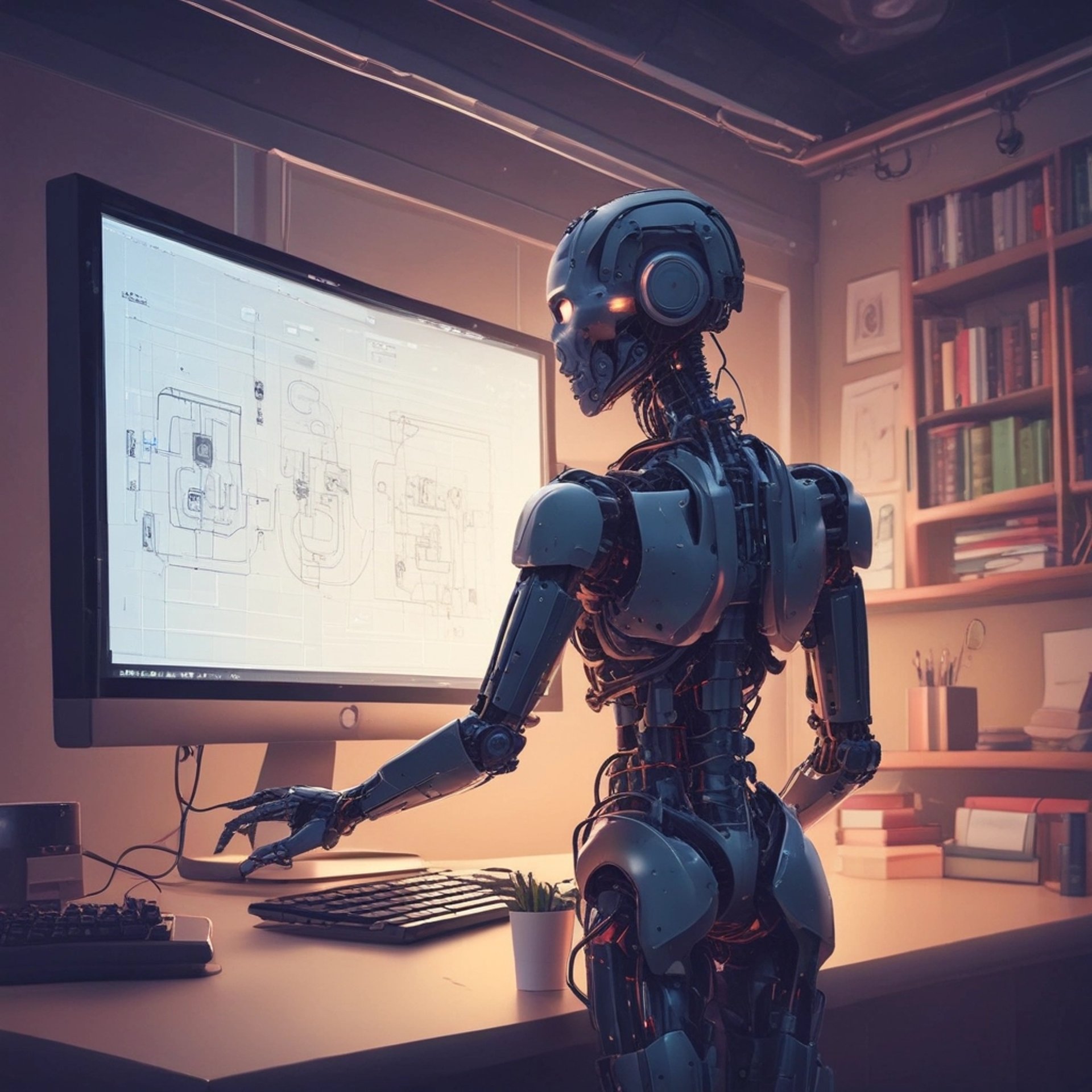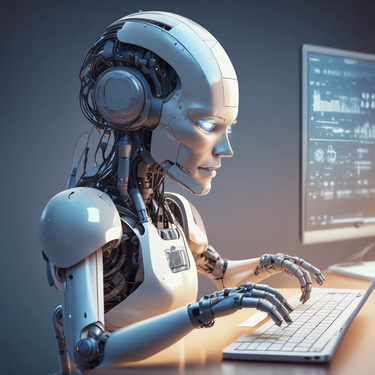Understanding Artificial Intelligence
9/21/20252 min read

What is Artificial Intelligence?
Artificial Intelligence (AI) refers to the simulation of human intelligence processes by machines, particularly computer systems. These processes include learning, reasoning, and self-correction. AI technologies are now embedded in various everyday applications, significantly influencing how we interact with the world around us. This beginner-friendly guide explores the types of AI, how it functions, and provides some practical examples to help you start your journey into AI.
Types of Artificial Intelligence
AI can be broadly categorized into three types: narrow AI, general AI, and superintelligent AI. Narrow AI, also known as weak AI, is specialized in one particular area and has advanced significantly in recent years. Examples include virtual assistants like Siri and Alexa, as well as recommendation systems on platforms like Netflix and Amazon. These systems analyze large datasets to provide tailored suggestions, enhancing user experiences.
In contrast, general AI, or strong AI, refers to a theoretical form of AI capable of performing any intellectual task that a human can do. While this type of AI remains largely conceptual, researchers continue to explore its potential applications. Lastly, superintelligent AI surpasses human intelligence in virtually all areas, including creativity, problem-solving, and decision-making. Although this concept raises ethical and safety concerns, it remains a topic of interest within AI research.
How Artificial Intelligence Works
AI operates through complex algorithms and machine learning techniques. Machine learning, a subset of AI, enables systems to learn and improve from experience without being explicitly programmed. By analyzing patterns and extracting insights from large datasets, machine learning algorithms can make predictions or decisions based on new data inputs.
Another essential aspect of AI is natural language processing (NLP), which allows machines to understand and interpret human language. This technology is crucial in various applications, such as chatbots and language translators, showcasing the versatility of AI in daily life.
To dive into the AI experience, you can start exploring simple AI tools available online. Several platforms offer intuitive interfaces for creating your own AI models, even if you have no prior experience. Engaging with these resources will help you gain a foundational understanding of AI technology and its real-world applications.
Simple Examples of AI in Daily Life
AI is already integrated into many aspects of daily life. For instance, social media platforms use AI algorithms to curate personalized content feeds, ensuring users see posts that match their interests. Moreover, autonomous vehicles utilize AI for navigation, making driving safer and more efficient.
Additionally, AI-powered health monitoring devices, such as wearables, analyze user data to provide insights into fitness and wellness. As we continue to innovate and adopt AI technologies, its impact on daily life will only grow stronger. Understanding AI's role in our lives empowers individuals to harness its potential effectively.
In conclusion, embracing artificial intelligence in our daily routines opens up immense possibilities for innovation and efficiency. By learning about AI, its types, and how it works, you position yourself to take advantage of this transformative technology.
